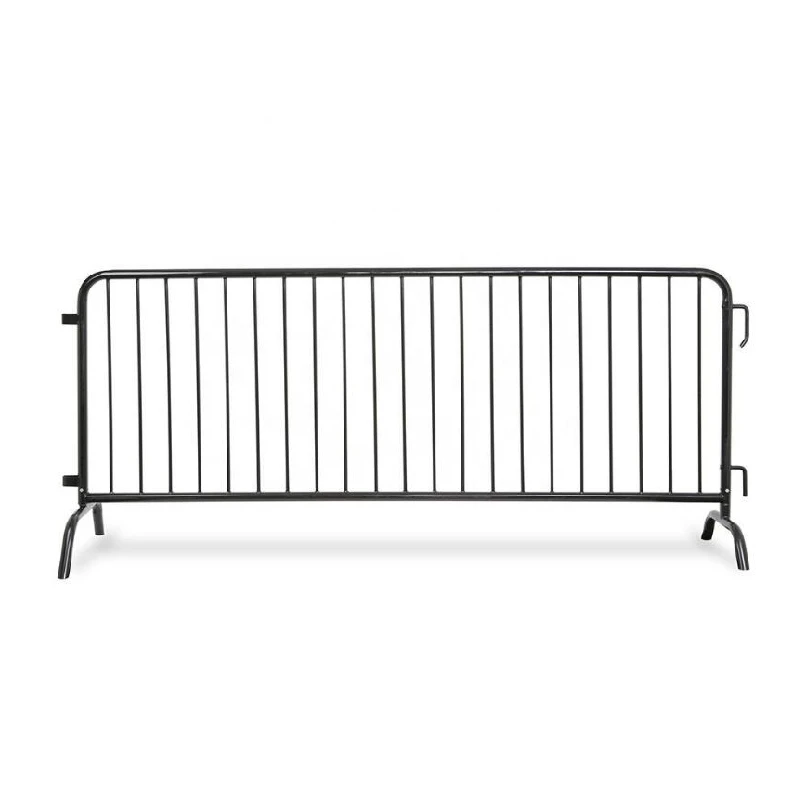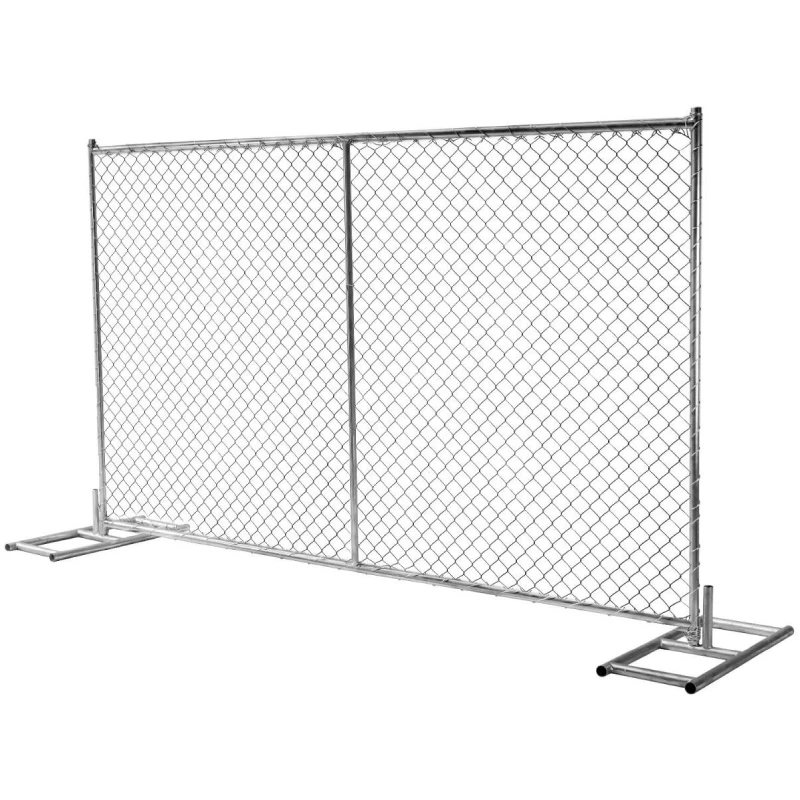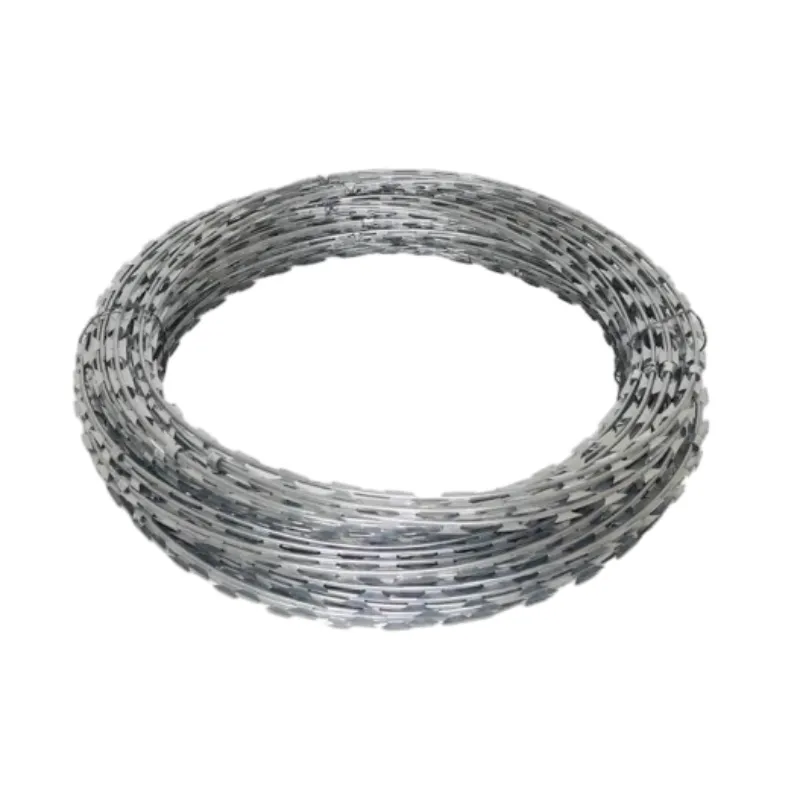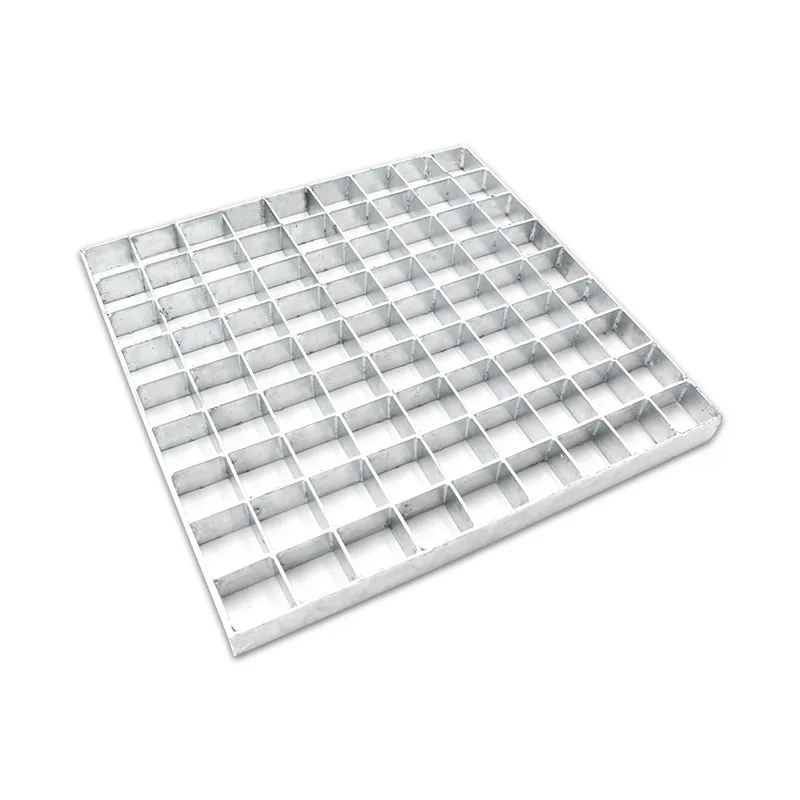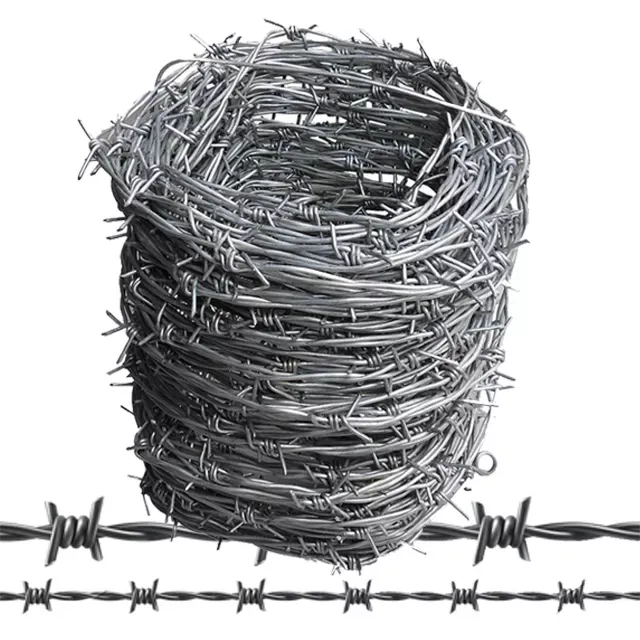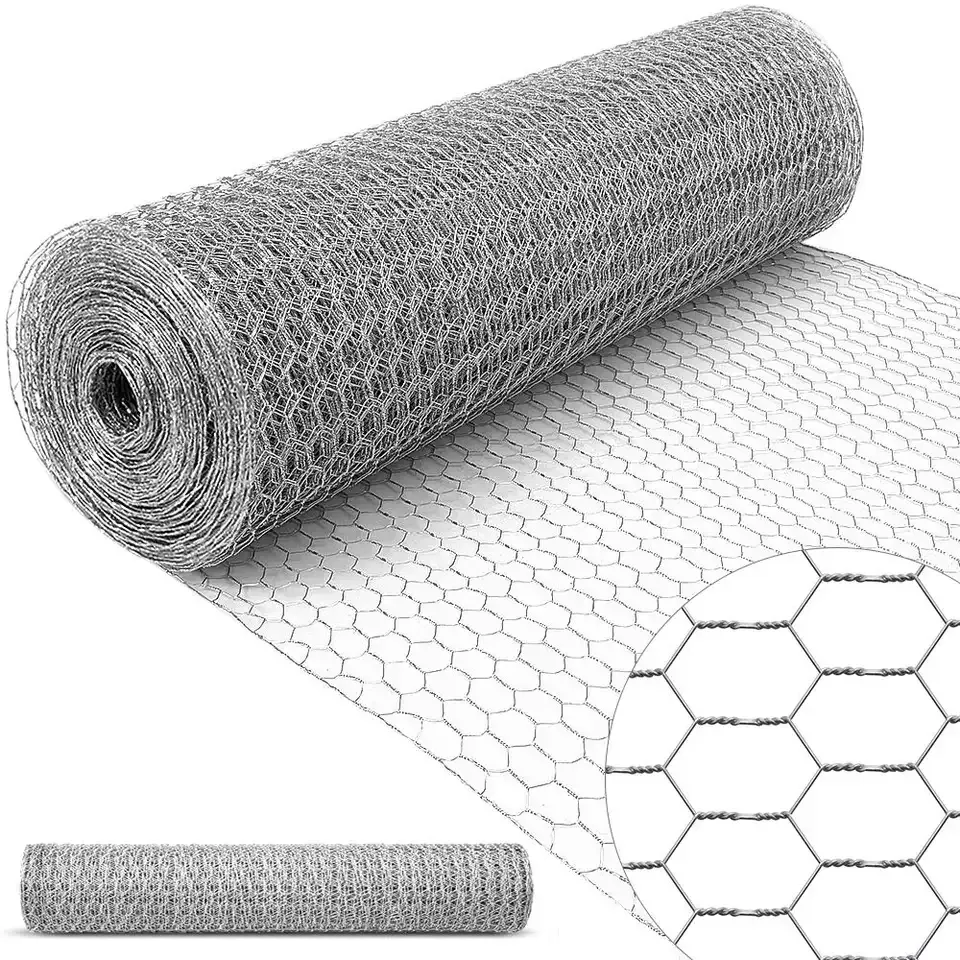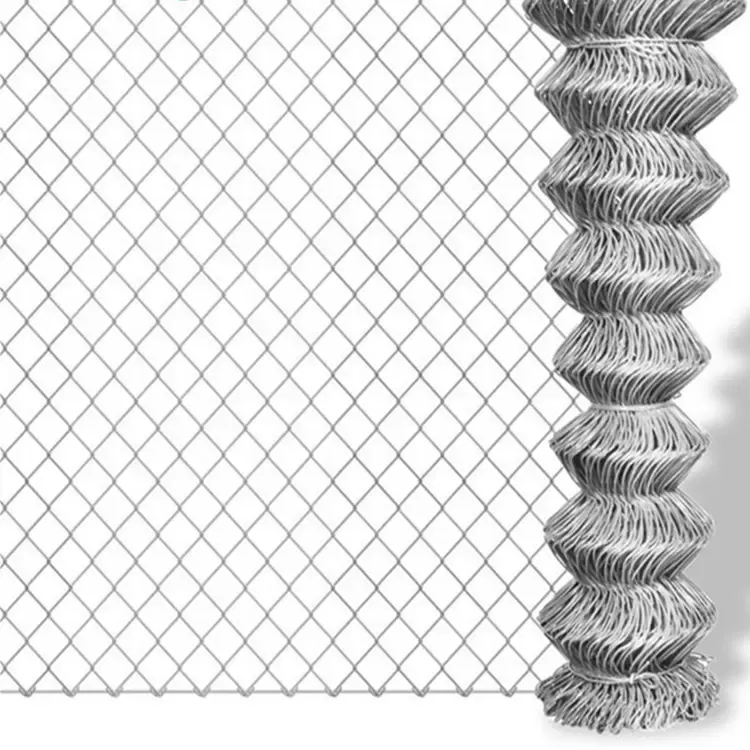
- Afrikaans
- Albanian
- Arabic
- Armenian
- Azerbaijani
- Basque
- Belarusian
- Bengali
- Bosnian
- Bulgarian
- Croatian
- Czech
- Danish
- Dutch
- English
- Esperanto
- Estonian
- Finnish
- French
- Galician
- Georgian
- German
- Greek
- hawaiian
- Hindi
- Hungarian
- Indonesian
- irish
- Italian
- Lao
- Latvian
- Lithuanian
- Luxembourgish
- Macedonian
- Maltese
- Myanmar
- Norwegian
- Polish
- Portuguese
- Romanian
- Russian
- Serbian
- Slovak
- Somali
- Spanish
- Swedish
- Thai
- Turkish
- Turkmen
- Vietnamese
Aug . 18, 2025 17:18 Back to list
Durable and Affordable Y Post Fence Solutions
In the world of fencing, the y post has become a trusted standard for a wide range of applications—from rural property boundaries and livestock enclosures to garden protection and industrial perimeters. Crafted from hot-rolled steel with a Y-shaped profile, the y post is known for its superior strength-to-weight ratio and easy installation.
Thanks to its shape, a y post provides multiple slots or holes along the spine for attaching fencing wires, netting, or mesh. Whether you’re constructing a temporary barrier or a long-term perimeter, this post offers unmatched reliability. Its tapered end ensures easy driving into different soil types, and its ribbed surface improves grip with the soil, reducing the chance of movement over time.
In addition to agricultural use, y posts are widely utilized in construction sites, forestry zones, mining areas, and road safety installations. Their simplicity, adaptability, and long service life make them a top choice for professionals and DIY users alike.
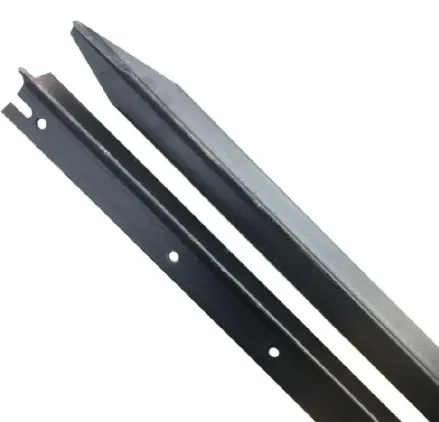
Understanding Y Standard Fence Post Price: Quality Meets Cost-Efficiency
When evaluating the y standard fence post price, it’s essential to consider both the material quality and the intended application. While price varies based on length, weight, coating (black bitumen or galvanized), and purchase volume, the affordability of y posts remains one of their strongest selling points.
On average, the y standard fence post price ranges from $2 to $7 per post, depending on size and finish. Posts typically range from 1.2 meters to 2.4 meters in height, with heavier models offering better resistance to wind and pressure from fencing loads. Galvanized versions tend to cost more but offer enhanced corrosion resistance, ideal for humid, coastal, or high-rainfall regions.
Buying in bulk can significantly reduce the y standard fence post price per unit. Many suppliers offer wholesale packages with hundreds or thousands of posts, often including delivery and packaging options tailored to your project scale.
Ultimately, the best y standard fence post price balances durability, coating quality, and compatibility with your fencing materials—ensuring long-term savings on repairs, replacements, and labor.
Y Post Fence Applications: Strong, Flexible, and Easy to Install
A y post fence offers one of the most efficient and low-maintenance fencing options available today. Its modular design allows for quick adjustments and realignments, making it an ideal choice for both temporary and permanent fencing needs.
The installation of a y post fence is straightforward—simply drive the post into the ground using a post driver or sledgehammer. Fence wire or mesh is attached using clips, ties, or insulators. Posts can be spaced according to fence type, terrain, and wind load, typically between 2 to 3 meters apart.
Unlike wooden posts, which can rot or be attacked by insects, y posts are resistant to moisture and do not warp or decay over time. Maintenance is minimal, making them especially attractive for remote or large-scale fencing operations.
Choosing the Right Y Post for Your Project: Materials and Sizes
Selecting the ideal y post for your fencing project involves more than just price—it’s about matching strength, height, and coating to the specific conditions of your land and livestock.
Most y posts are manufactured using Q235 or Q195 steel, and they come with either a black bitumen coating or hot-dip galvanized finish. For environments with higher humidity, salinity, or exposure to fertilizer runoff, galvanized y posts offer the best longevity.
Standard heights range from 0.45m (for small gardens) up to 2.4m (for high-security fences). The post weight per meter—usually ranging from 1.2 kg to 2.04 kg—influences how sturdy and durable your y post fence will be under tension and environmental stress.
Additionally, you can choose y posts with or without anchor fins, which add lateral stability. Pre-punched holes or notches ensure fast and precise wire attachment.
By consulting with a reliable fencing supplier or agricultural specialist, you can identify the exact specifications your project demands, ensuring your y post investment pays off in safety, efficiency, and performance.
Why More Professionals Choose Y Post Fence Systems for Long-Term Security
Contractors, farmers, and land developers across the globe are turning to y post fence systems for good reason—they combine affordability, strength, and ease of deployment. Whether you're fencing thousands of acres or installing a protective barrier around a home garden, y posts deliver unmatched practicality.
Unlike traditional wooden or concrete posts, y posts are lighter and easier to transport, saving both fuel and labor. This makes them especially attractive in remote or hard-to-access areas where efficiency is crucial. The adaptability of y post fence designs also allows users to adjust configurations as land use or regulations change over time.
For eco-conscious projects, many y posts are made from recyclable steel and can be reused after disassembly. Their consistent structure makes planning and budgeting more predictable, and they integrate seamlessly with a wide variety of wire types—from plain and barbed wire to welded mesh and electric tape.
Investing in a high-quality y post fence is a strategic decision for anyone seeking a reliable, cost-effective, and flexible fencing solution that’s built to last.
y post fence FAQs
What makes y post fences better than wooden or concrete posts?
Y post fences are lighter, more durable, and easier to install than traditional wooden or concrete posts. They’re resistant to rot, pests, and weathering, making them ideal for long-term outdoor use. Their notched design allows for easy wire attachment, and their tapered ends simplify ground installation without the need for concrete footings.
How much does a typical y standard fence post cost?
The y standard fence post price generally ranges from $2 to $7 depending on height, thickness, and coating. Galvanized posts cost more but offer better corrosion resistance. Buying in bulk or through a wholesale supplier can significantly lower the price per unit.
What types of fencing can be used with y posts?
Y posts are compatible with a wide range of fencing materials, including barbed wire, welded mesh, electric fencing, chain link, and plain wire. They’re commonly used in agricultural, residential, commercial, and infrastructure settings. With proper clips or ties, any wire-based fence can be secured to y posts quickly and firmly.
Can y post fences be used for temporary fencing?
Yes, y post fences are ideal for temporary setups due to their quick installation and removal. They can be easily driven into and pulled out of the ground without damaging the landscape. This makes them suitable for construction zones, event perimeters, or short-term livestock enclosures.
How far apart should y posts be installed?
The typical spacing for y post fence installation is between 2 to 3 meters (6 to 10 feet), depending on terrain and fence type. For high-tension fences or areas with high wind exposure, closer spacing is recommended. Proper spacing ensures stability, prevents sagging, and maintains fence integrity over time.


